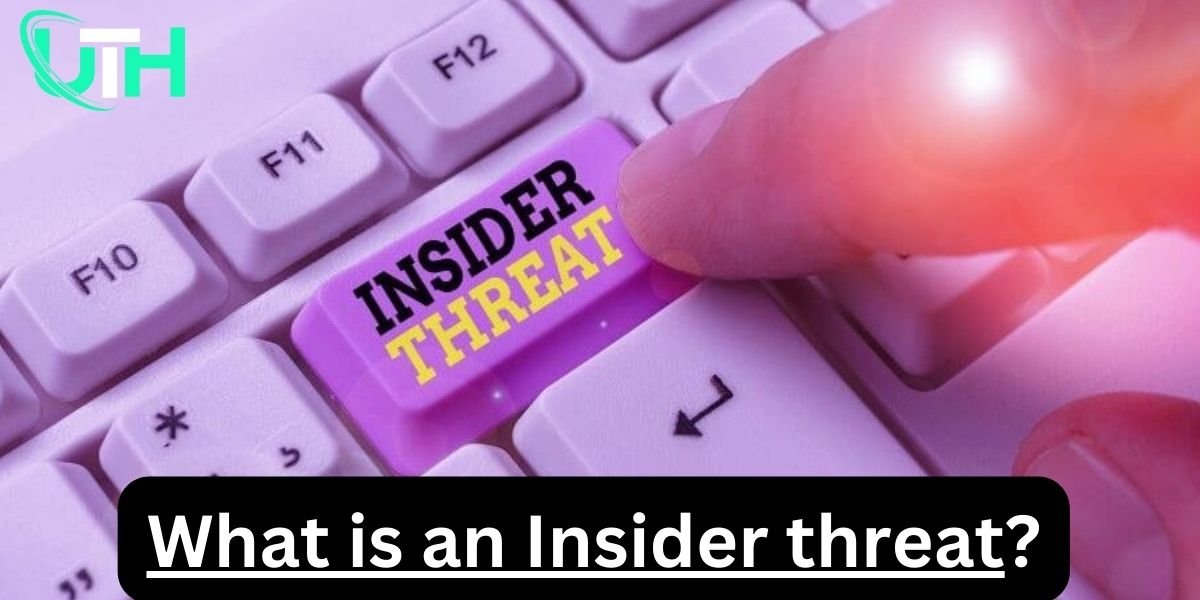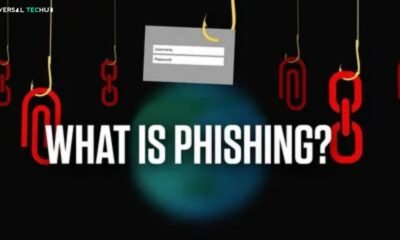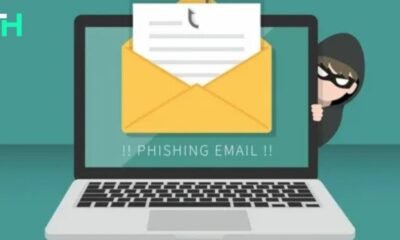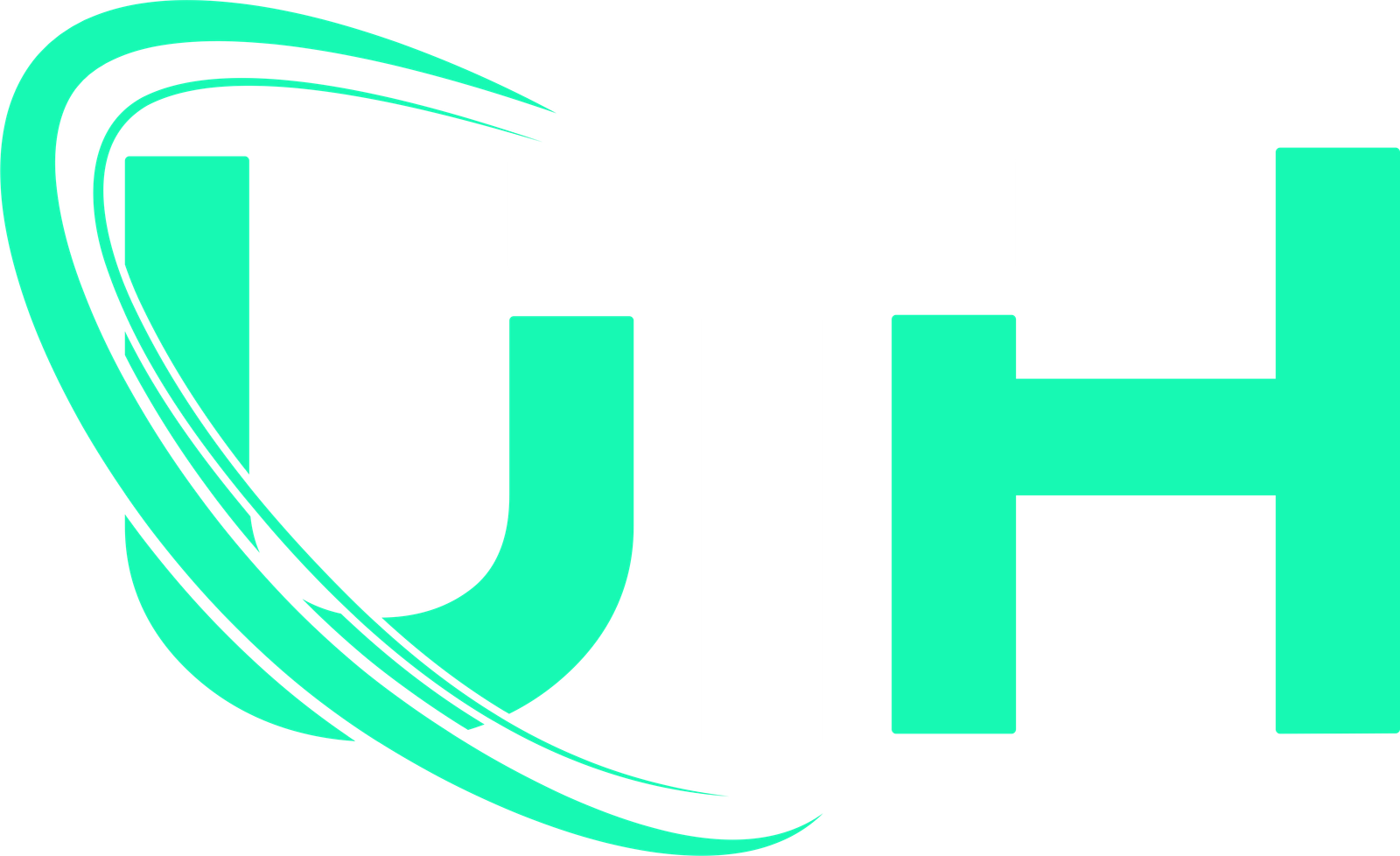Cybersecurity
What is an Insider threat: Types, Real-word Examples and its Prevention

The enemy isn’t always at the gate; sometimes, they’re already inside. Therefore, it’s important to be aware of malicious insiders in order to protect yourself and your company. This article aims to clarify the puzzling question, “What is an insider threat?” by examining its various types, providing real-life examples, and outlining strategies for its prevention.
Meaning of Insider
Before exploring the question “What is an insider threat?”, it is crucial to take an overview of who an insider can be in security. “An insider is any person within any organization or group who currently has or previously had authorized access to the confidential information, business strategies, policies, systems, or networks of that organization or group.”.
However, any of the following people may be an insider:
- A person who is a current employee in the company.
- A person who was an ex-employee in a company or organization.
- Anybody who has a badge or access device granting authorized entry (e.g., labor and visitors in the company).
- Anyone who is well aware of the strategies and policies of company services. (e.g., close friends of the authorized person.).
What is an Insider threat in cybersecurity?
In cybersecurity, “insider threat refers to the cyber threat that originates from the people within the organization, who have the potential to use authorized access to the organization’s assets such as systems, networks, equipment, or even confidential information and business strategies to harm the organization.”
However, insider threats may be intentional or unintentional. Because some insiders may damage the organization’s assets maliciously. On the other hand, some insiders may be a part of malicious activity accidentally (e.g., negligence or lack of awareness). Furthermore, the motivations behind insider threats may include financial gain, revenge, displeasure, ideological beliefs, or even unintentional errors. Anyhow, Insider threats cause complex and dynamic threats to digital frameworks in both private and public sectors. These risks may include data breaches, disturbance of operations, sabotage, intellectual property (IP), financial loss, or reputational damage.
Types of Insider Threats
Insider threats may be divided into three main categories:
- Intentional insider threat
- Unintentional Insider threat
- Compromised insider threat
Intentional insider threat
Any current or ex-employee may act as a malicious insider. Such insiders misuse their authorized access to damage the organization’s assets. These insiders perform malicious activities for financial gain, revenge, or ideological beliefs.
Unintentional Insider threat
Sometimes, insiders cause harmful activities due to their negligence or carelessness without any malicious intent. Negligent insiders may be tricked into sharing login details or phishing scams by clicking on phishing links. Moreover, such insiders may cause damage due to being lax in security practices.
Compromised insider threat
In the case of compromised insider threats, external scammers manipulate the insiders. External attackers use social engineering tactics like phishing, scareware, or account hijacking. For instance, a scammer became successful in harvesting credentials of the customer system using the voice phishing(vishing) technique at the Robinhood platform in 2021.
Real-world Examples of Insider threats
Here are some of the most famous examples of insider threats that have happened in different organizations.
The Yahoo scandal of 2022
Qian Sang, who was a research scientist at Yahoo, stole trademarked information related to Yahoo’s Adlearn product. Sang downloaded probably 570,000 pages on his device just after receiving a job offer from a competitor company named “The Trade Desk.” These pages contained Yahoo’s intellectual property (IP). Such information could prove beneficial for Sang in his new post.
The Proofpoint Scandal of 2021
Samuel Boone, who was a departing employee at Proofpoint, maliciously stole sensitive and sales strategic data. Boone downloaded this confidential data on his hard drive before joining Abnormal Security, a competitor of Proofpoint. This date might be beneficial in unfair advantages of Boone and his new company.
The Tesla data leak scandal in 2023
Two ex-employees of Tesla (an American electric vehicle (EV) and energy company) leaked the personal data of more than 75,000 current and ex-employees to foreign news agencies. This sensitive data included names, addresses, phone numbers, and social account numbers of Tesla’s staff. This data breach resulted in potential harm including bank details and production secrets losses for employees.
The Microsoft scandal of 2022
Microsoft employees were tricked into sharing the login credentials to the company’s GitHub framework. However, attackers might get unauthorized access to the Azure services and other Microsoft systems by using those login credentials. By chance, spider silk (a cybersecurity company) exposed such malicious activities and notified Microsoft.
How to prevent Insider threats
Preventing insider threats requires a multi-dimensional approach that includes the application of technological solutions, security policies, and security awareness programs. Here are some effective strategies to minimize the danger of insider threats:
Establish Strong Security Policies
Implement clear and strict policies for using the organization’s resources, data management, and access controls. Moreover, always check and balance the employee’s working strategies and regularly update the security policies to strengthen these policies. Also, check the employee’s reference and criminal background before hiring and granting access to the sensitive system or data.
Implement strong authentication security
Apply strong, complex, and unique passwords because it’s an effective practice that may protect organizations from loss of their intellectual property (IP). Also, establish multi-factor authentication (MFA). It provides a multilayer to protect sensitive login credentials.
Security Awareness Training
Cybersecurity awareness training is one of the best practices for the safety of organizations from data breaches. However, security awareness programs can especially protect against unintentional insider threats. Therefore, every organization must ensure that it educates its employees about common cyber threats such as phishing, voice phishing, tailgating, and other social engineering attacks.
-

 Phishing attack6 months ago
Phishing attack6 months agoWhat is Spear Phishing and How You Can Identify This Scam?
-

 Social engineering attack8 months ago
Social engineering attack8 months agoBaiting Attacks Explained: A Closer Look at Cyber Threat Tactics
-

 Social engineering attack6 months ago
Social engineering attack6 months agoWhat are Social Engineering Attacks – A Complete Guide to Cyberattacks Prevention
-

 Social engineering attack8 months ago
Social engineering attack8 months agoSpear Phishing Attack: A Targeted Cyber Threat
-

 Social engineering attack8 months ago
Social engineering attack8 months agoWhat is spear phishing attack? A detailed guide
-

 Phishing attack6 months ago
Phishing attack6 months agoWhat Are Phishing Emails? A guide for you
-

 Social engineering attack8 months ago
Social engineering attack8 months agoWhat is spear phishing in cyber security?
-

 Social engineering attack8 months ago
Social engineering attack8 months agoSpear phishing vs phishing: Understand the Risks




















